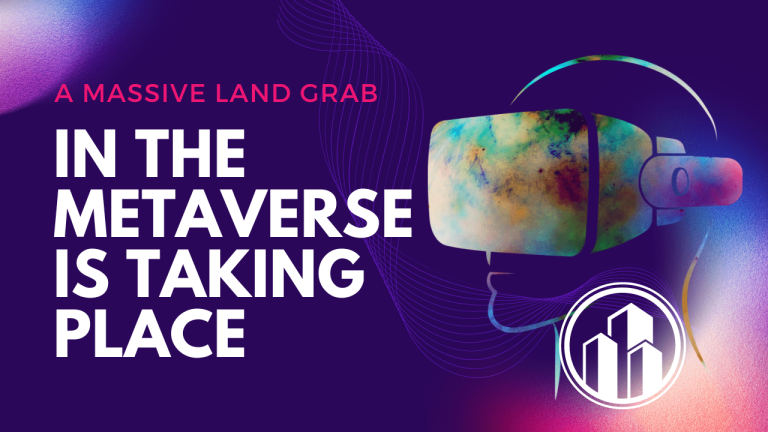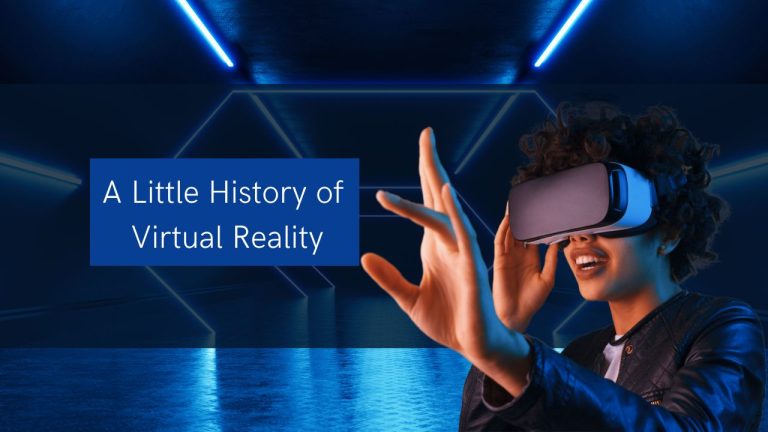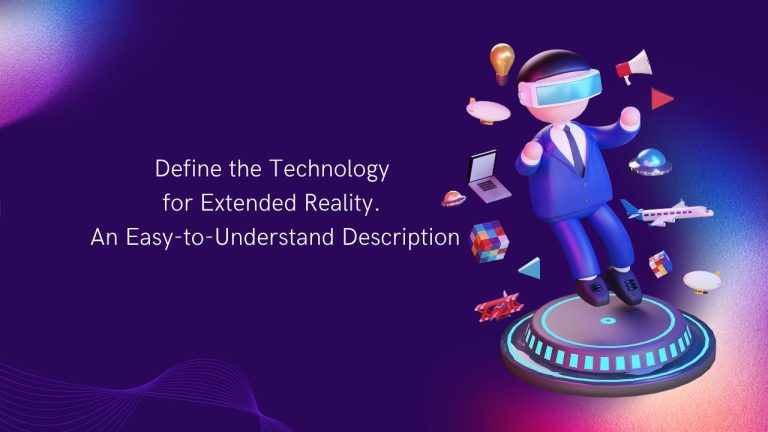A Relation to virtual reality and Augmented Reality
Augmented reality and virtual reality both use simulations of real-world environments to either enhance or replace them. The contrasts between AR and VR, some instances, and our best judgment as to what the future may hold are all covered in this article.
What distinguishes AR and VR from one another?
Virtual reality and augmented reality are terms that are frequently used, and both technologies are expanding quickly. They are primarily fueled by, and dependent upon, advancements in internet connectivity and rising consumer and business use. Yet, these are not novel technology. In the game industry, VR has recently generated a lot of noise, and AR is quietly making strides in the business world. Although gaming, marketing, and e-commerce are now the sectors where AR and VR are expanding the fastest, both technologies have enormous potential for industrial applications.
Describe AR.
Using the camera on a smartphone, augmented reality (AR) enhances your surroundings by adding digital components to the actual world.
The main benefit of augmented reality is the way that digital elements interact with people’s perceptions of the actual world, not just by displaying data but also by integrating feelings that people perceive as being a natural part of their surroundings. The well-known mobile app Pokémon Go, which enables users to find and capture Pokémon characters that appear in the real world, is one of the best instances of AR technology.
For training, education, audits, and inspections, AR is most frequently utilized in the sector. Yet technology has also been utilized in the healthcare industry. With the correct applications, qualified experts and surgeons can do complex procedures without endangering costly equipment or patient comfort.
What is virtual reality?
When the real environment you’re in gets swapped out for a virtual one, it’s called virtual reality (VR). This can be accomplished using a straightforward plastic phone holder, but nowadays, most users prefer head-mounted displays. By enabling users to completely immerse themselves in a highly realistic environment, virtual reality has transformed the gaming and entertainment industries. Virtual reality is a significant role in both business and education, including military and medical training as well as virtual meetings.
In the past, the VR headgear had to be connected to a device, although more recent models allow for stand-alone or wireless use. The Oculus Quest 2 is the most well-known VR headset for corporate use, and the Vive Focus 3 is the preferred PRO version.
What makes the two different from one another?
Although having similar concepts, virtual reality and augmented reality achieve two very different goals in two very different methods. As augmented reality enhances your eyesight, virtual reality replaces it. The devices you use and the experience determine the differences:
- While VR is entirely virtual, AR uses a real-world environment.
- While VR users are under the system’s supervision, AR users have control over their presence in the actual world.
- VR requires a headgear device, however, AR can be accessed with just a smartphone
- Whereas VR only improves a fictional reality, AR improves both the virtual and actual worlds.
Both are potent technologies that have not yet had a significant impact on the lives of the majority of people. Whether one or both of them will be successful in the future and alter how we use computers is currently unknown.
Making use of augmented reality and virtual reality
Many sectors now employ augmented reality and virtual reality. among others, these include real estate, manufacturing and logistics, healthcare, education and training, and education and training.
In its physical locations, Nike employs augmented reality and virtual reality. Consumers can enter a Virtual world to experience the many phases in Nike’s supply chain so they can better understand how and where products are created, or they can scan items like shoes or apparel to view information.
IKEA created The Place App to enable customers to use augmented reality with their smartphone camera to place furniture products into their homes and see exactly how the item would look in their environment.
Now, L’Oreal provides augmented reality (AR)-enabled makeup try-on experiences through Facebook. The top cosmetics companies in the world, including Maybelline, L’Oréal Paris, Lancôme, Giorgio Armani, Yves Saint Laurent, and Urban Decay, are available for customers to try out. BMW and Jaguar both use virtual reality (VR) for early design and technical reviews in the automotive sector. This is being done to evaluate the vehicle’s visual design and object obscuration before any money is spent on actually constructing the parts.
Healthcare personnel can use virtual reality (VR) to better prepare themselves for being in the operating room, whether as an orthopedic surgeon doing surgery or a younger doctor outlining diagnoses and treatment plans.
The Potential of VR and AR
Several analyses make predictions about the size of the worldwide AR and VR business in the years to come. The market for AR and VR will grow to $296.9 billion in 2024, predicts Statista. The greatest revenue share for AR technology in the manufacturing and industrial sectors was 24,3% in 2021, and this dominance is anticipated to continue throughout the market forecast period.
While AR is mostly used in the Industrial and Enterprise sector for on-site improvements and digitization, VR is intentionally increasing inside the gaming market. Also, a lot of businesses aim to integrate AR into their Industry 4.0 process chain.
At XMReality, augmented reality
Since 2007, XMReality has incorporated augmented reality. With the help of our remote visual aid tool’s AR Hands Overlay feature, you may direct your counterpart by superimposing your hand gestures over live video. This AR technology, among other things, can help businesses improve income and lower their carbon impact in addition to enhancing productivity and preventing downtime.
FAQS:
What three forms of VR are there?
There are three primary types of virtual reality simulations: non-immersive, semi-immersive, and completely immersive.
What advantages does augmented reality offer?
Higher user engagement, a distinctive user experience, better revenue, improved staff satisfaction, brand awareness, and the chance to stand out from the competition are all benefits of augmented reality.







